Windsor Castle: A Journey Through England’s Living History
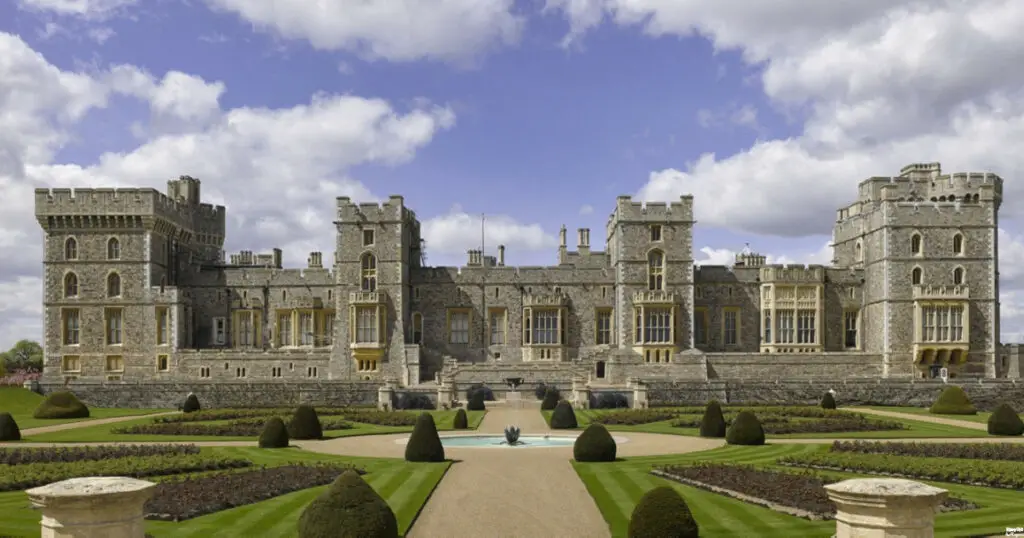
Introduction
Windsor Castle stands as a testament to the rich tapestry of English history, an enduring symbol of monarchy, heritage, and architectural grandeur. Nestled in the picturesque landscape of Berkshire, England, Windsor Castle is not just a relic of the past but a living monument that continues to play a vital role in the cultural and royal life of the nation. From its medieval origins to its modern-day significance, the castle offers visitors a unique journey through time, showcasing centuries of architectural evolution, royal traditions, and cultural heritage.
As one of the oldest and largest inhabited castles in the world, Windsor Castle has been a focal point of royal life for nearly a thousand years. Its story begins with William the Conqueror, who established the first wooden fortification on the site in the 11th century, strategically positioned to guard the western approach to London. Over the centuries, successive monarchs expanded and transformed the castle, leaving their mark on its architecture and shaping its role as a royal residence, fortress, and ceremonial venue.
Today, Windsor Castle remains the official residence of Her Majesty Queen Elizabeth II and continues to serve as a working palace, hosting state visits, royal ceremonies, and official receptions. But beyond its royal functions, Windsor Castle opens its doors to visitors from around the world, offering them a glimpse into the past and an opportunity to explore its magnificent State Apartments, St. George’s Chapel, and sprawling grounds. Join us on a journey through the living history of Windsor Castle, where the echoes of the past resonate with the vibrancy of the present.
Origins and Medieval Foundations
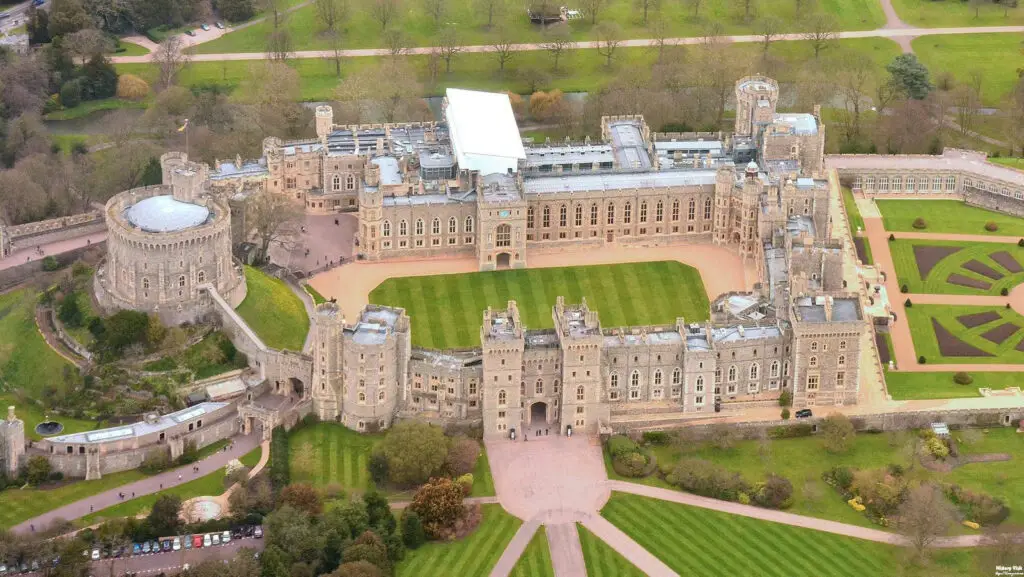
Windsor Castle’s origins can be traced back to the aftermath of the Norman Conquest in 1066 when William the Conqueror sought to solidify his control over England. Recognizing the strategic importance of the location, he ordered the construction of a wooden motte-and-bailey fortress on a high promontory overlooking the River Thames. This early fortification served as a defensive stronghold and royal residence, establishing Windsor’s significance as a key seat of power in medieval England. Over time, the wooden fortifications were replaced with stone structures, laying the foundation for the enduring castle we see today.
During the medieval period, Windsor Castle underwent significant expansions and renovations, reflecting its evolving role as a royal residence and military stronghold. One of the most notable developments was the construction of the Round Tower by Henry II in the 12th century. This massive stone keep became the centerpiece of the castle’s defenses, offering unparalleled views of the surrounding countryside and serving as a symbol of royal authority. Additionally, the reign of Edward III saw the initiation of construction on St. George’s Chapel, a masterpiece of English Perpendicular Gothic architecture that would become one of the castle’s most iconic features.
Throughout the Middle Ages, Windsor Castle played a central role in English history, serving as a royal residence, administrative center, and military fortress. It witnessed pivotal moments such as the signing of the Magna Carta in 1215 and the imprisonment of Charles I during the English Civil War. The castle’s strategic location near London made it a crucial stronghold during times of conflict, while its majestic architecture and royal associations ensured its enduring status as a symbol of monarchy and national identity.
Transformations Through the Ages
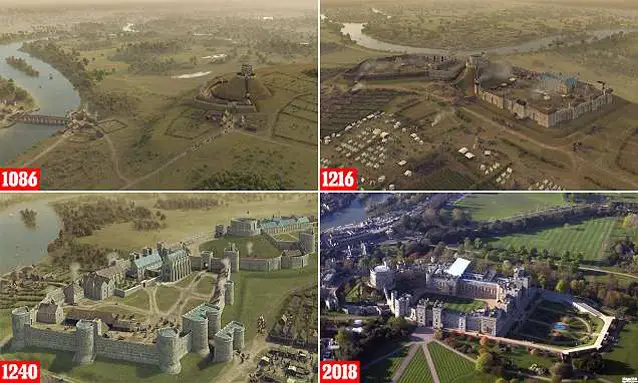
The architectural evolution of Windsor Castle continued through the centuries, with each successive monarch leaving their mark on the fortress. The Tudor era brought significant changes, including the construction of the Great Hall and the creation of the iconic Tudor buildings that line the Upper Ward. These additions reflected the grandeur and opulence of the Tudor court, with elaborate decorations and intricate woodwork adorning the interiors. The Georgian period witnessed further renovations and modernizations under the guidance of George III, who sought to update the castle’s facilities while preserving its historic character.
The 19th century saw Windsor Castle undergo extensive restoration projects under the direction of Queen Victoria and her consort, Prince Albert. Inspired by the Romantic movement and a renewed interest in medieval architecture, they enlisted the services of architect Sir Jeffry Wyatville to oversee the restoration efforts. Wyatville’s vision sought to restore the castle to its former glory, blending medieval elements with Victorian sensibilities. The result was a harmonious fusion of architectural styles, with the castle’s historic features complemented by modern conveniences and comforts.
In the 20th and 21st centuries, Windsor Castle continued to evolve in response to changing needs and priorities. The castle survived a devastating fire in 1992, which destroyed a significant portion of the Upper Ward and led to a massive restoration effort. The restoration not only repaired the damage caused by the fire but also provided an opportunity to modernize the castle’s infrastructure and facilities. Today, Windsor Castle stands as a testament to England’s architectural heritage, a living monument to the enduring legacy of monarchy and tradition.
Royal Residence and Influence
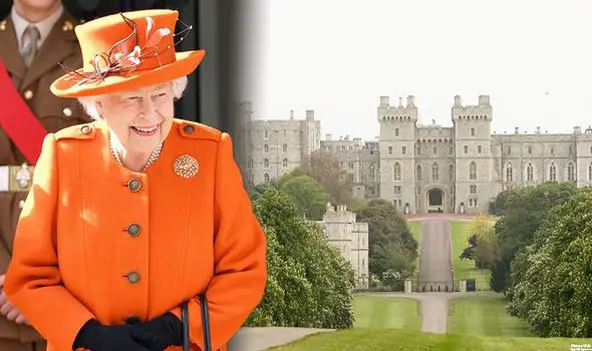
Throughout its long history, Windsor Castle has been more than just a royal residence; it has been a symbol of monarchy and a focal point of national identity. The castle has witnessed countless royal ceremonies, from coronations and weddings to state banquets and investitures, each adding to its rich tapestry of tradition and pageantry. St. George’s Chapel, in particular, has played a central role in royal life, serving as the setting for many royal weddings and funerals, including the recent nuptials of Prince Harry and Meghan Markle.
In addition to its ceremonial functions, Windsor Castle remains a working palace, with the Queen and members of the royal family regularly using its State Apartments for official engagements and private events. The castle’s extensive grounds provide a tranquil retreat for the royal household, offering respite from the demands of public life while providing stunning views of the surrounding countryside. As a symbol of continuity and stability, Windsor Castle continues to inspire awe and reverence, drawing visitors from around the world to experience its timeless grandeur firsthand.
Cultural Heritage and Collections
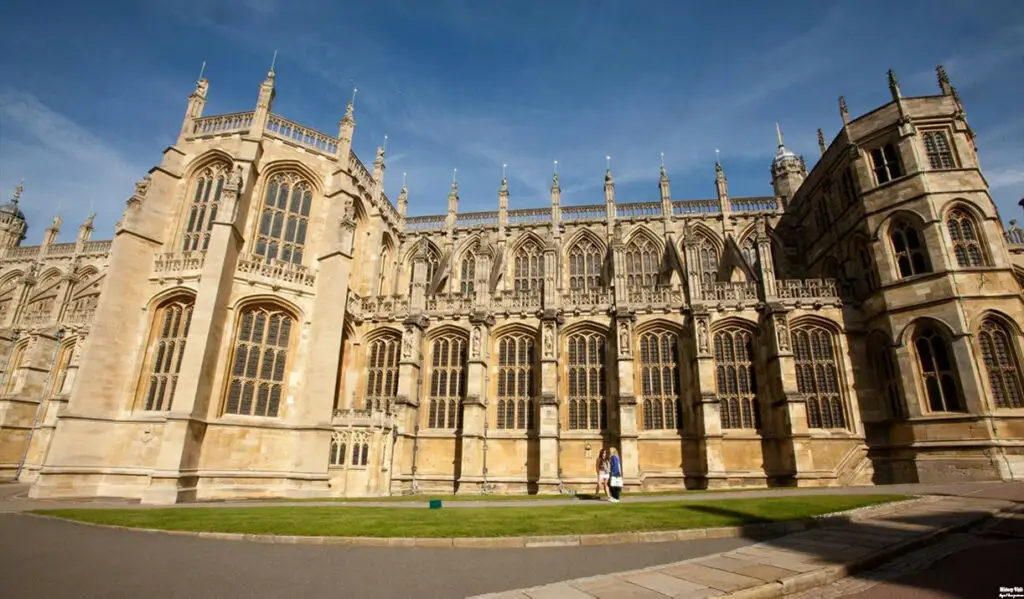
Windsor Castle’s significance extends beyond its architectural splendor; it is also home to an exceptional collection of art, artifacts, and historical treasures. The State Apartments, adorned with priceless works of art by masters such as Rembrandt, Rubens, and Canaletto, offer a glimpse into the opulent lifestyle of the monarchy. St. George’s Chapel boasts stunning stained glass windows, intricate woodcarvings, and the tombs of monarchs spanning the centuries, including Henry VIII and Charles I.
The castle’s Royal Collection, one of the largest and most important art collections in the world, includes paintings, sculpture, furniture, and decorative arts from the royal residences. Highlights include the Queen’s Gallery, which hosts rotating exhibitions of masterpieces from the collection, and the Waterloo Chamber, adorned with portraits of military leaders and dignitaries associated with the Battle of Waterloo. Windsor Castle’s cultural heritage is a testament to the enduring legacy of the monarchy and its patronage of the arts.
Gardens and Landscape Design

The gardens and grounds of Windsor Castle are as impressive as its architectural splendor, offering visitors a tranquil oasis in the heart of the bustling town of Windsor. The Great Park, stretching over 5,000 acres, provides a picturesque setting for leisurely walks, picnics, and outdoor recreation, with sweeping views of the castle and the surrounding countryside. The Long Walk, a tree-lined avenue extending from the castle to the Copper Horse statue, is a favorite spot for strolling and enjoying the scenery.
Within the castle precincts, the Moat Garden and the East Terrace Garden showcase formal landscaping and seasonal plantings, while the Herb Garden offers a fragrant array of culinary and medicinal herbs. The Savill Garden, located within the Great Park, is a horticultural gem, featuring a diverse collection of plants from around the world and stunning floral displays throughout the year. Seasonal events such as the Royal Windsor Horse Show and the Windsor Festival further enhance the castle’s appeal as a cultural destination.
Visiting Windsor Castle
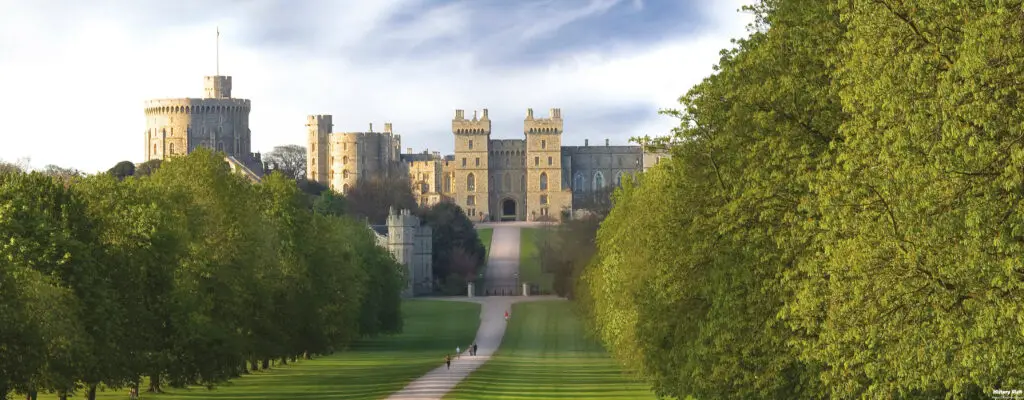
For those wishing to experience the living history of Windsor Castle firsthand, practical information and tips can enhance the visitor experience. The castle is open to the public throughout the year, with guided tours available that offer insights into its history, architecture, and royal connections. Highlights of a visit include the State Apartments, St. George’s Chapel, and the Changing of the Guard ceremony, which takes place on select days outside the castle gates.
To make the most of a visit, it is recommended to plan ahead and purchase tickets in advance, especially during peak tourist seasons. Audio guides are available for self-guided tours, providing additional information and commentary on the castle’s highlights. Visitors should also take time to explore the castle’s extensive grounds, including the gardens, parklands, and scenic viewpoints. With its rich history.
Conclusion
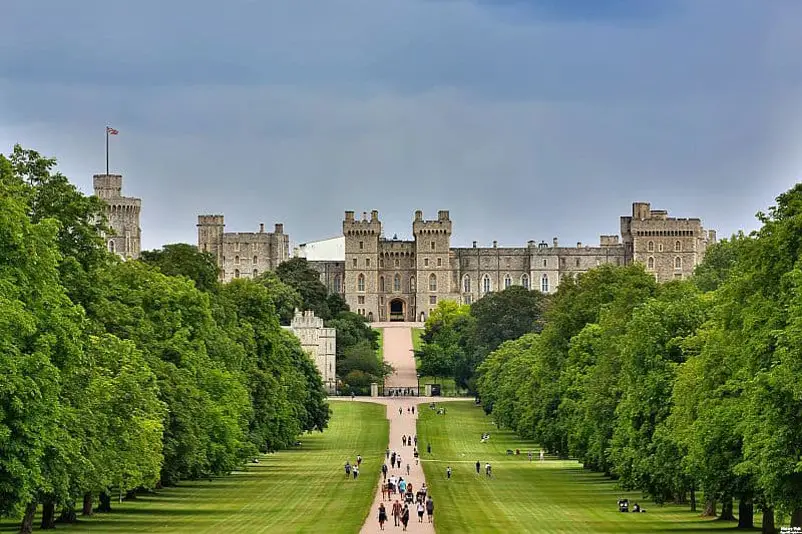
In conclusion, Windsor Castle stands as a beacon of England’s rich history and cultural heritage, weaving together centuries of architectural evolution, royal tradition, and artistic excellence. From its humble beginnings as a wooden fortress commissioned by William the Conqueror to its current status as a cherished royal residence and global tourist attraction, the castle has endured the test of time, bearing witness to the triumphs and tribulations of the nation. Its majestic architecture, stunning interiors, and lush gardens offer visitors a window into the past, inviting them to explore the lives of kings and queens who have shaped England’s destiny.
As a living monument to the monarchy, Windsor Castle continues to play a central role in royal life, hosting state ceremonies, official receptions, and private events for the royal family. Its cultural significance extends beyond its architectural splendor, encompassing a vast collection of art, artifacts, and historical treasures that tell the story of England’s royal heritage. From the opulent State Apartments adorned with priceless works of art to the sacred tranquility of St. George’s Chapel, the castle offers a multifaceted experience that celebrates the enduring legacy of the monarchy and its enduring influence on British society.
Ultimately, a visit to Windsor Castle is more than just a journey through history; it is an opportunity to connect with England’s past, present, and future. As visitors wander through its hallowed halls, stroll through its manicured gardens, and soak in its timeless grandeur, they become part of a living legacy that transcends generations. Windsor Castle serves as a testament to the resilience of the human spirit and the enduring power of cultural heritage to inspire, educate, and unite us all.


